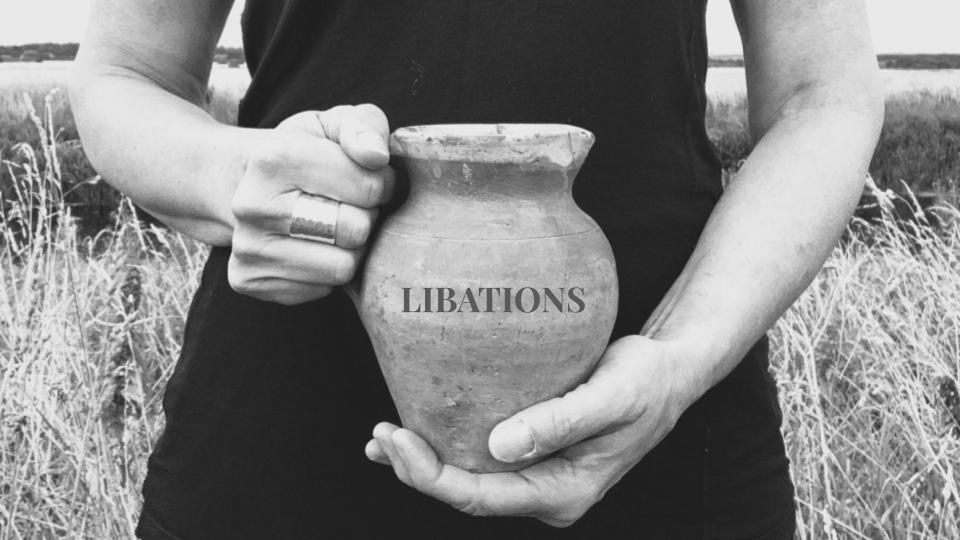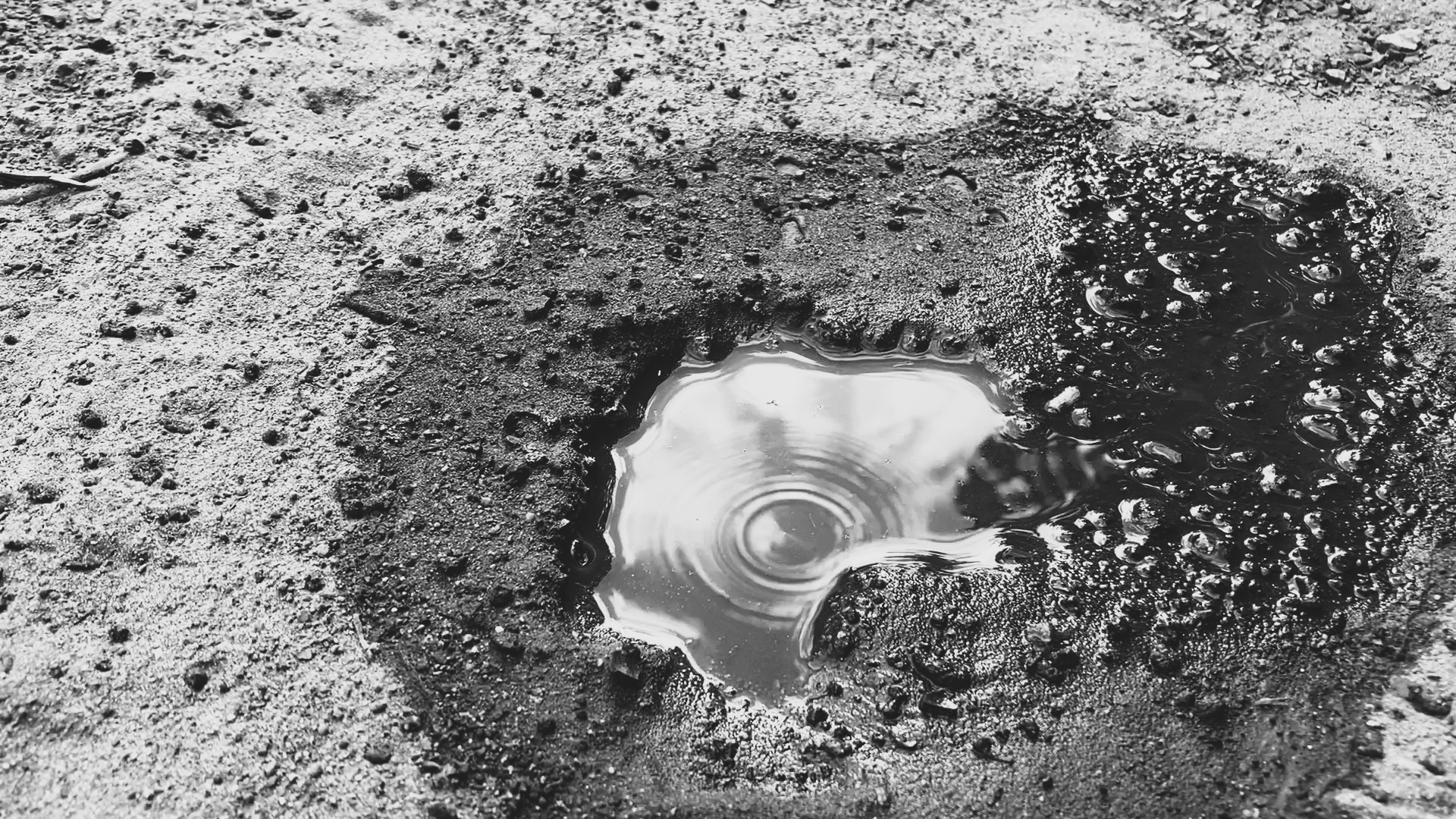
Libations was a walking art piece made on 30 consecutive days between 12th July and 10th August 2024.
The piece involved making a contract with the land and multi-species inhabitants to pour water as an offering every day for 30-days. Each day I waited until I heard the call to walk and then walked until the libation site made itself known to me.
The project is grounded in an old ritual, documented in the story of ‘Tiddy Mun’ which was collected from oral tradition in the village where I live – Redbourne, North Lincolnshire between 1887 and 1889 by Marie Balfour, and published in Folk-Lore magazine in 1891.
Documentation was through black and white photographs, and includes images of ancient ancestral sites where the libations were poured as well as modern-day agribusiness water extraction, all encountered during the course of the project. Original dialect from the story in Folk-Lore magazine has been used in the documentation.
The project connects local intangible cultural heritage with current landscapes.
It attempts to raise questions about who we make art for, to question hierarchies, and to engage multispecies others in the process. As an autistic artist I have always had a strong engagement with the more-than-human world and this project invited me to take that a step further, and make the work deliberately for and with the more-than-human inhabitants of the localities I worked with/in, including hare, ancestral spirits, hawthorn, oak, tawny owl, roe deer, river, mugwort, plantain, wind, rain. As Andreas Weber says, “Art is as old as human culture. For most of the time, art was part of an exchange between humans and the cosmic order. Art was meant as a gift to nourish the fecundity of life.”
The call of owls was recognised as a particular cue to pour the libation, and more often than not, I was called to walk at dusk. The project investigated ontopoetic response (which features in the original folk tale), and draws from the 1994 Manifesto of Transdisciplinarity, created and signed by B. Nicolescu, E. Morin and L. de Freitas. It was also an exploration of ‘walking with a foot in both worlds’ – of attempting to hold an alertness for the call from the land to walk and pour the libation alongside the demands of everyday modern life, with varied levels of success from day to day!
For background, the story of ‘Tiddy Mun’ tells of a three-foot-tall water spirit in the form of a hunched old man. He was a guardian of the marshes in the Ancholme river valley before they were drained, and with the right rituals in place would protect the houses from flooding. The story tells of the changes brought about by the drainage of the land for large-scale agriculture, and the ills that befell the people, houses and cattle as a result. They believed that Tiddy Mun had been angered by the desecration of his sacred marshes, which used to provide abundantly for the people. Eventually they remembered the ritual that used to placate and engage him, and they began once again pouring fresh water every new moon at twilight as an offering to appease Tiddy Mun and to ask him to bring back health for the people and land.



One thought on “Libations”